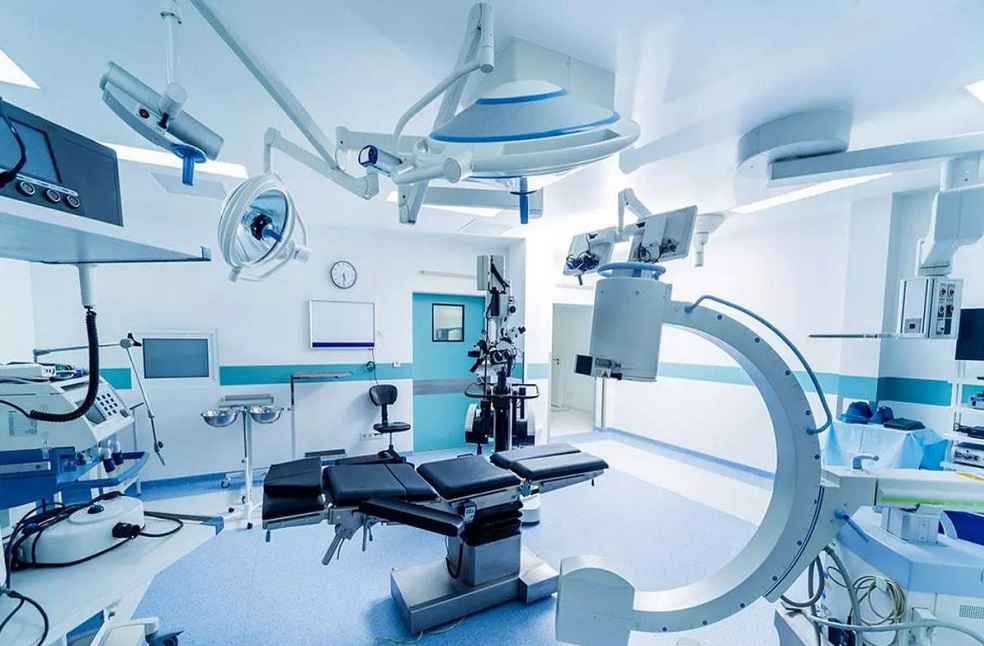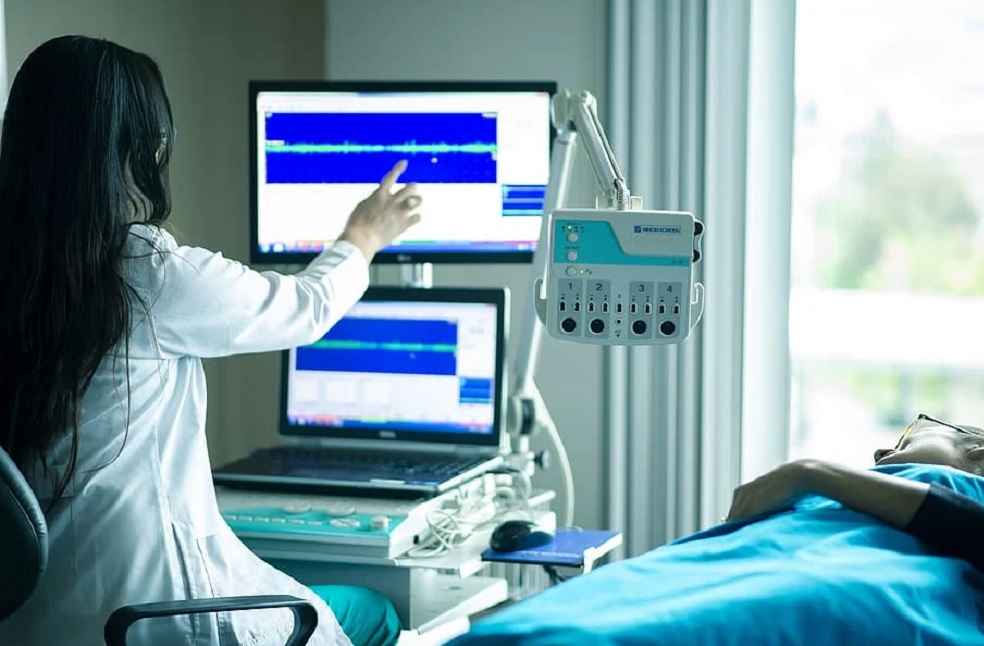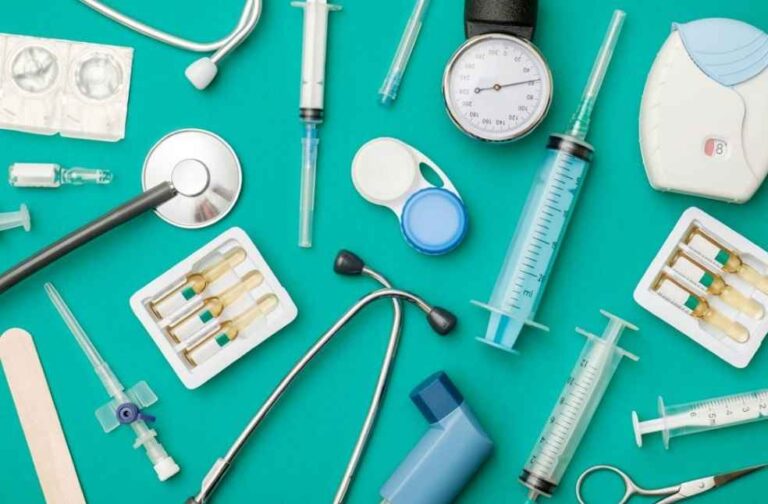With persisting economic difficulties posed by Covid-19 and Pakistan’s limited capacity to import essential raw materials, the country’s experts and scientists are making major strides in local medical device production.
These advancements could reduce Pakistan’s reliance on imported medical equipment and help slash its $2 billion import bill, according to Zubair Motiwala, Chief Executive Officer of the Trade Development Authority of Pakistan (TDAP).
Speaking at the 21st Health Asia exhibition in Karachi, Motiwala highlighted the country’s success in manufacturing crucial medical devices such as ventilators, dialysis machines, and cardiac stents, which were previously imported.
He stated, “We believe this development will not only reduce the reliance on imported medical equipment but will also help Pakistan significantly cut its health sector import bill by $2 billion in the next five years.” Motiwala also stressed the importance of continued collaboration among stakeholders to develop an export network for these locally produced items.

Vice Chancellor of Shifa Tameer-e-Millat University, Prof. Iqbal Khan, echoed this optimism, noting that the pandemic and dollar shortages have created a prime opportunity for Pakistani institutions to boost local production. “This crisis has fostered academic and industry collaboration, and we can now not only meet domestic demands but also position Pakistan as a hub for high-quality medical devices globally,” Khan said.
Omar Ahmed, chairman of the Healthcare Devices Association of Pakistan (HDAP), reinforced the need for government intervention to promote local manufacturing. He pointed out that 98% of medical devices in Pakistan are still imported, even though the country has the potential to produce them domestically.
Ahmed called for government support through investor-friendly policies, including rationalizing the tax regime to alleviate the burden on manufacturers and consumers. He warned that failure to extend regulatory deadlines for device registrations could lead to shortages by January 2025.

Dr Shahid Noor, chairman of the Saman-e-Shifa Foundation, emphasized Pakistan’s potential to become a leader in medical device manufacturing, citing successful local development of over 10 medical devices, including ventilators and cardiac stents, with more in the pipeline.
Noor urged the government to incentivize the sector to reduce the current account deficit and boost exports, noting, “The global medical devices market is worth over Rs 1 trillion. If Pakistan captures just 1% of this market, it would provide significant support to our economy.”
Former HDAP president Masood also warned of potential shortages if the upcoming regulatory deadline is not addressed, calling for urgent government action to extend registration deadlines and reduce sales tax on medical devices to ensure affordable healthcare.
The Health Asia exhibition, which featured over 500 exhibitors and attracted approximately 60,000 visitors, underscored the need for swift policy reforms to support this growing industry. The event demonstrated Pakistan’s potential to become a competitive player in the global medical technology market, provided the necessary regulatory and government support is in place.
POLICY & LAW | China Introduces New Rules on Dual-Use Exports, Effective December 1, 2024



